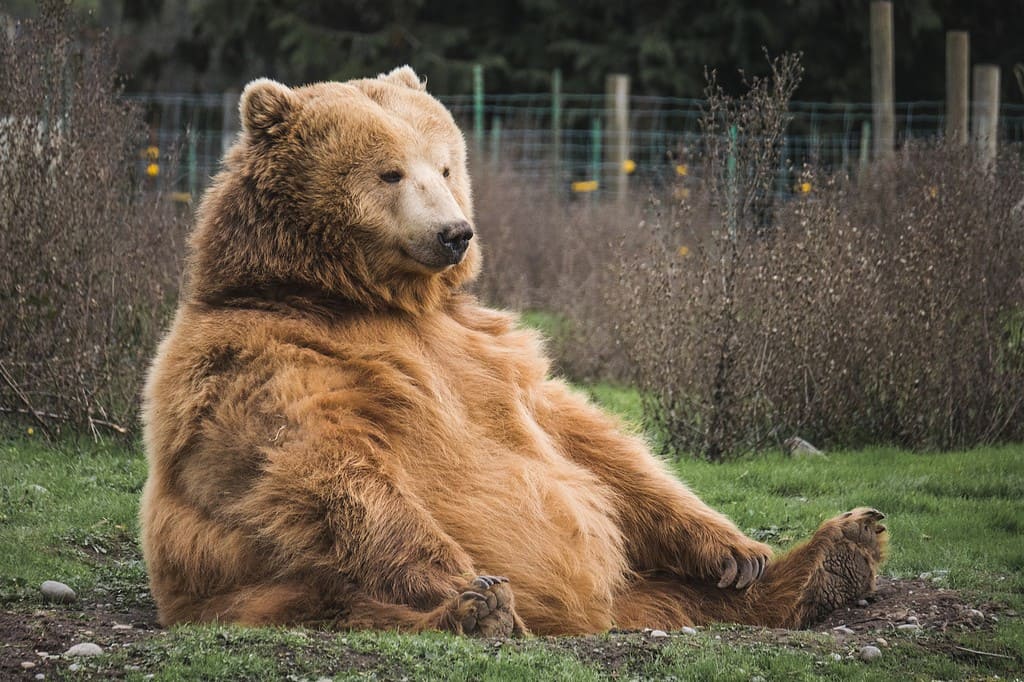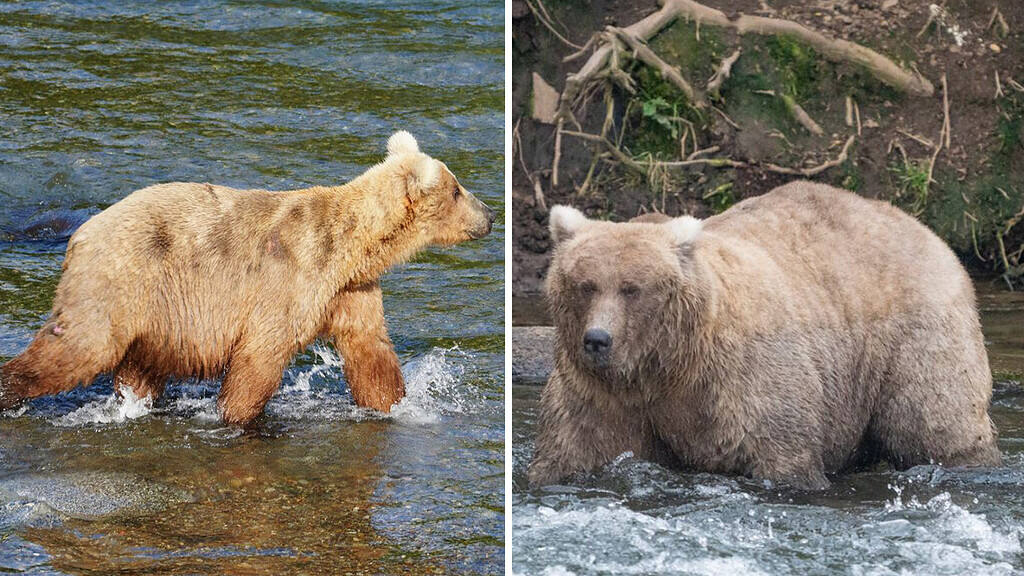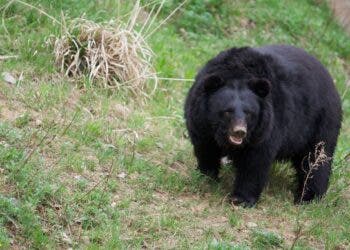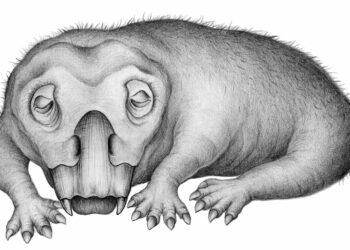Every year between September and October, the Katmai National Park and Preserve in Alaska hosts a special event when the brown bears in the park begin feasting on salmon from the Brooks River, to prepare for their long winter hibernation.
Bear girl summer

People across the globe watch these bears through live-streaming webcams. Their individual photos are also shared on social media and the park’s website. What’s more interesting is that people get to cast a vote for the bear they think is the fattest or has made the most substantial weight gain.
This unique event is called Fat Bear Week. It happens as a bracket-style tournament with pairs of bears competing against each other in each round. The bear that receives the most votes online in each matchup, advances to the next round until a winner is crowned as the fattest bear of the year.
This year the winner of Fat Bear Week is a fierce female bear 128 Grazer. She defeated a large male bear, 32 Chunk, by over 85,000 votes and became an online sensation overnight.
The popularity of Fat Bear Week
The first Fat Bear competition happened in 2014, and the park team noticed that live-streamed videos of the bears gained the interest of many people on Facebook. About 1,700 people voted during this single-day event.

“I suddenly realized that people are connecting with these animals just as strongly as they would in person,” Mike Fitz, a former park ranger who was involved in the launch of the first Fat Bear event, said in an interview with the New York Times.
The next year, Fat Bear Day turned into Fat Bear Week, and the event became so popular that in 2021 the park organizers also launched its spin-off tournament, Fat Bear Junior in which people vote for bear cubs who start getting chubbier as the winter season approaches.
The popularity of these competitions can be imagined from the fact that in 2023, Fat Bear Week and Fat Bear Junior received over 1.38 million votes.
According to the Park officials, Grazer who currently weighs around 315 kg (700 pounds), and other bears are now in perfect body shape. They will soon enter their dens and spend the next six months hibernating.
Fat Bear Week connects humans with bears
Of course, this is just a whimsical initiative centered around a natural process.
During hibernation, the bears don’t eat anything and lose 30 percent of their body weight. The extra fat they accumulate in September and October by overeating salmon is crucial to meeting their energy and nutritional needs during this period.
However, for the organizers at Katmai National Park, Fat Bear Week has become a powerful way to raise awareness about brown bears and their environment.
Although brown bears are not an endangered species, human interference in their natural habitats adversely affects them. For instance, the local brown bear population in Southwest Alaska is currently facing a looming threat from a proposed open-pit gold and copper mine.
Experts suggest that the mine’s development will endanger salmon which is the main food source of brown bears and also restrict their movement.
Events like Fat Bear Week not only draw people’s interest in brown bears and the sensitive ecosystem in which these animals thrive but also help them realize the significance of bear conservation efforts.
“People learn more about brown bears and the salmon this way. Some people feel an emotional reaction when their bear wins or when their bear happens to lose because they care about the bear as an individual,” Fitz said.
“My ultimate goal is to hope that they can put those feelings into action to further protect Bristol Bay and the brown bears and the salmon who call the area home,” he added.






